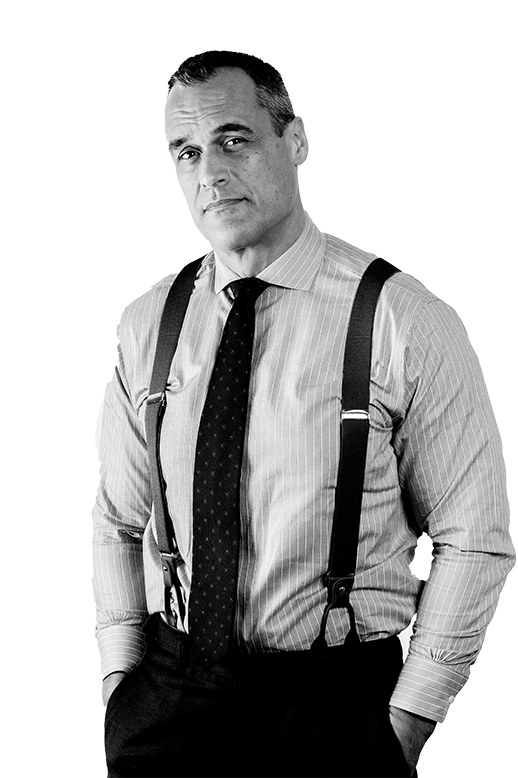Originally published in the Ottawa Citizen, August 11, 2012
It's absurd that a foreigner is head of state, someone wrote in response to your correspondent's recent ode to the longevity of Her Majesty. "And don't give me that line that she's Queen of Canada. She wouldn't know a hockey puck from a piece of tar."
It was an unfortunate choice of illustration, for Elizabeth II has watched many hockey games. Her first was at Maple Leaf Gardens, in 1951, decades before the Leafs became a punchline and decades more before hockey's grandest temple became a grocery store. We can also be sure the Queen has some personal familiarity with the object in question, having dropped it at the ceremonial faceoff of a Canucks game in 2002. Wayne Gretzky stood beside her on that occasion but the Queen seems not to have asked the Great One which end of the puck is up.
This underscores a curious paradox at the heart of Canada's head of state.
Legally, as head of state, the Queen is no more a foreigner here than she is in the United Kingdom. But of course, in a practical sense, she is an Englishwoman who resides far, far away, which makes her a foreigner, as republicans like to say. But in another very practical sense, and one that too many republicans refuse to acknowledge, she has such a deep connection with this country that to call her a foreigner seems quite false. Canada is - as the Queen says during what others describe as visits - her home.
Anyone who thinks that is preposterous should see a compelling new exhibit at the Museum of Civilization.
Simply titled "A Queen and Her Country," the emphasis isn't on constitutions and formalities. It's "60 years of shared history," says curator Xavier Gelinas.
There are a few valuable and glittery treasures - a Coronation vase, a ball gown festooned with maple leaves - but most of the objects relate to the monarch's presence as seen by ordinary Canadians.
There are commemorative match and candy boxes. A carton of cigarettes marking the Queen's opening of the St. Lawrence Seaway. A display of every Canadian stamp bearing the image of the Queen, including the first, issued in 1935, featuring a grinning nine-year-old girl. A 1951 editorial cartoon from the Montreal Gazette which shows a crowd shouting "Welcome! Bienvenue!" and promises "the nation's biggest welcome from the nation's biggest city."
Yes, Montreal was that once. In that, as in so many ways, the exhibit tells the story not only of the Queen but of Canada since the Second World War. The two stories are very much intertwined.
Sometimes, the history is subtle and must be read into the object, as with a framed front page of the Montreal Gazette from October 15, 1957, showing the Queen reading the Throne Speech in the Senate.
She is flanked by the Duke of Edinburgh and the new prime minister, John Diefenbaker. "Queen Outlines Sweeping Plans," reads the banner headline. Far below, in smaller print, "Pearson Awarded Nobel Peace Prize." In literature, they call that foreshadowing.
Occasionally, the history is blunt and unmistakable, even jarring, as in a 1964 photo of policemen attacking separatist protesters in Quebec City.
But it's a video montage Gelinas prepared that best shows how intertwined the stories of the Queen and Canada really are. Here's the Queen reading the 1957 Throne Speech in French. The Queen cutting a giant Centennial birthday cake as the crowd on Parliament Hill sings Happy Birthday. The Queen visiting the Arctic in 1970. The Queen declaring the Montreal Olympics open. The Queen signing the Constitution. The Queen saying she is sure Canadians will "find a way through the present difficulties" after the failure of the Meech Lake Accord.
The Queen's first prime minister was Louis St. Laurent and in the video all his successors go by, as if on parade, Diefenbaker to Trudeau, Mulroney to Harper. And always there is the Queen.
In one brief clip, from 1997, a woman shows the Queen an old black and white photo of several Mounties standing proudly at attention with a very young Elizabeth. It's treasured family history. But that scene itself is now history. And still the Queen keeps going.
And going. And going. She is inexhaustible.
On a touchpad screen, there is a map of Canada and each of the 23 years in which she did a tour. Press a year and the Queen's itinerary appears, along with red dots marking all her stops.
Gelinas suggests we look at the Queen's 1959 tour. "She went everywhere," he says, tapping the screen. Red dots litter the map.
Over 45 days, the Queen visited 90 places. "She was pregnant with Prince Andrew. Didn't tell anyone. But she confided in her prime minister, John Diefenbaker, who kept it secret. We know that the early stages of pregnancy can be very tiring but nevertheless she subjected herself to all that," Gelinas says, waving his hands across the red dots. "From New Glasgow to Dawson."
Those were some of the bigger towns she visited. In Yukon, the Queen also stopped at Mayo. In Newfoundland, Deer Lake. In Saskatchewan, Dundurn, Chamberlain, Indian Head - and a place called "Uranium City." It's near the Northwest Territories and, I must admit, I'd never heard of it. It turns out that Uranium City was an over-night boom town in the 1950s but the uranium mines closed in 1983 and the town has all but vanished.
"Try to say after that that she has no connection with the country," Gelinas smiles. "She frankly knows the country better than most Canadian-born patriots."
In a very real sense, she's not a foreigner. Canada is, as she says, her home. Of course, that's also true of the U.K. She is a woman of multiple identities.
How very Canadian.
